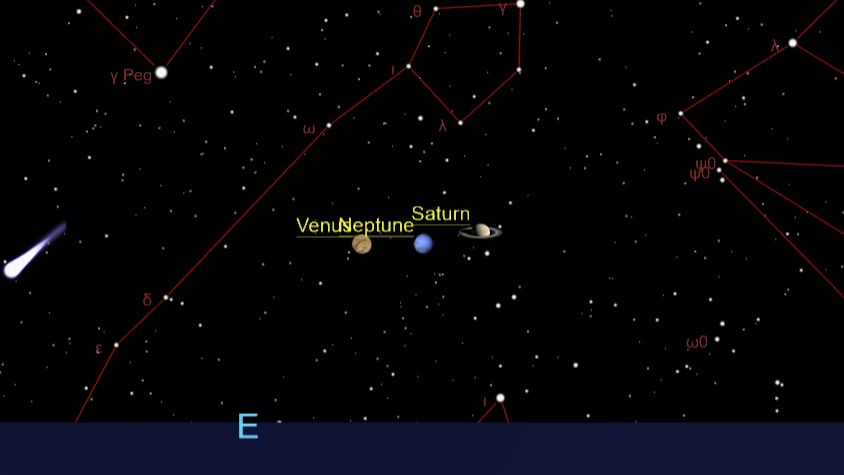ARTICLE AD BOX
 SpaceX's Starship/Super Heavy lifts off on the Flight 8 test flight March 6. Credit: SpaceX
SpaceX's Starship/Super Heavy lifts off on the Flight 8 test flight March 6. Credit: SpaceX
WASHINGTON — The Federal Aviation Administration will allow SpaceX to perform as many as 25 Starship launches a year from its Texas site, five times the previous limit.
The FAA issued a record of decision May 6 on an environmental assessment regarding an increase in launches from SpaceX’s Starbase facility at Boca Chica, Texas. The assessment evaluated a request by SpaceX to conduct up to 25 Starship/Super Heavy launches annually from Starbase, along with up to 25 landings each of the Super Heavy booster and Starship upper stage.
That assessment resulted in what is formally known as a mitigated finding of no significant impact (FONSI), which means the proposed increase in launches would not result in significant environmental effects requiring a more thorough environment impact statement.
“The FAA has determined that the Proposed Action is a reasonable, feasible, practicable, and prudent alternative for a federal decision in light of the established goals and objectives,” the FAA stated in the record of decision.
The approval comes with it an extensive list of conditions, some continued from prior environmental approvals and others new requirements. They notably include conditions regarding wastewater discharges from its launch deluge system, after allegations that the company had used the system without required permits.
The FAA’s decision came after a public comment period that included two in-person public meetings in Brownsville, Texas, and one virtual public meeting in January. The FAA stated it received 12,303 comments on the draft of the environmental assessment.
At the virtual public meeting, held Jan. 13, a majority of participants said they opposed the plan. Many expressed opposition to the proposals in the environmental assessment for potential Starship landings in the Pacific Ocean near Hawaii, something SpaceX has not attempted to date and would be unlikely to do frequently as it plans ultimately to land Starship back at Starbase.
One change in the final environmental assessment is that any Starship landings in the Pacific would be outside of the 200-nautical-mile (370-kilometer) exclusive economic zone surrounding Hawaii, with an additional buffer zone around a marine national monument in the region. The FAA stated it made the change based on public comments.
Even those who said at the virtual public meeting they support Starship launches expressed some reservations. “We’re excited by what SpaceX does,” said David Dixon, who said he owns properties on South Padre Island, north of Starbase, but worried about the effect vibrations from the launches had on buildings. “I know it’s doing long-term damage.”
The Starbase assessment is one of several environmental reviews regarding new or increased SpaceX launch activities at several locations. In March, the FAA approved a request from SpaceX to increase the number of Falcon 9 launches from Vandenberg Space Force Base’s Space Launch Complex (SLC) 4 from 36 per year to 50. The Department of the Air Force has started another environmental review to allow SpaceX to perform up to 100 Falcon launches a year from both SLC-4 and SLC-6, which SpaceX is converting to support Falcon 9 and Falcon Heavy launches.
At Cape Canaveral, the FAA is conducting an environmental assessment for additional Falcon 9 launches from SLC-40, which includes a virtual public meeting May 8. The FAA is performing a separate environmental review for Starship launches from Kennedy Space Center’s Launch Complex 39A, while the Department of the Air Force is doing its own review of potential Starship launches from Cape Canaveral’s SLC-37, previously used by the Delta 4, or a proposed new SLC-50.
Jeff Foust writes about space policy, commercial space, and related topics for SpaceNews. He earned a Ph.D. in planetary sciences from the Massachusetts Institute of Technology and a bachelor’s degree with honors in geophysics and planetary science... More by Jeff Foust

 16 hours ago
5
16 hours ago
5







 English (US) ·
English (US) ·